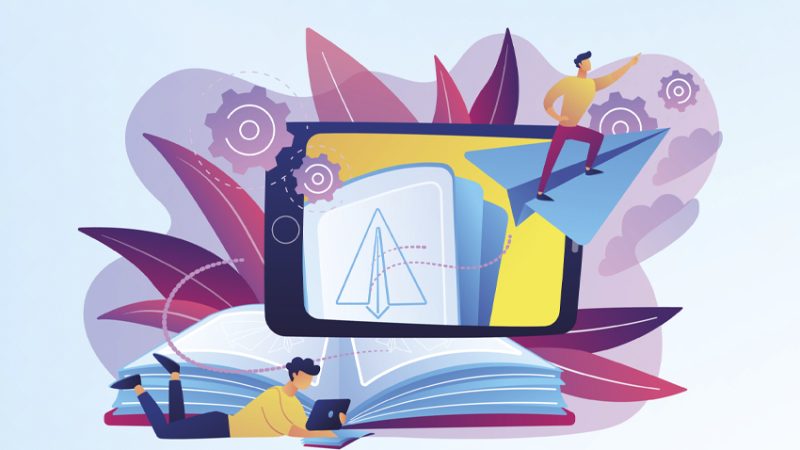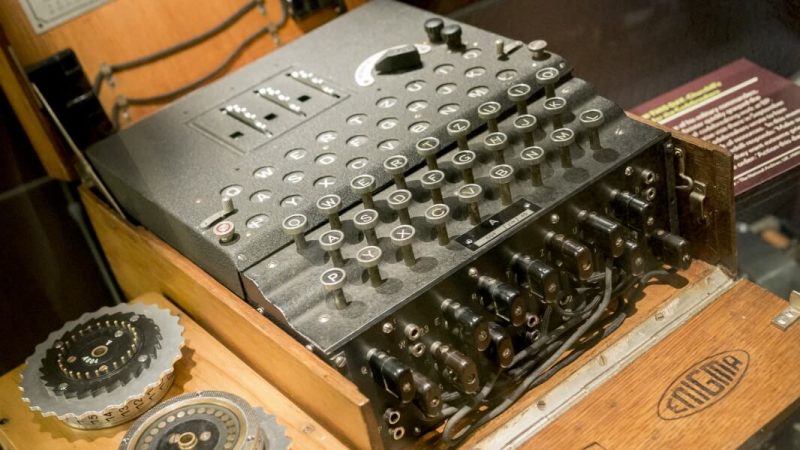Coding – How to weave it into every lesson
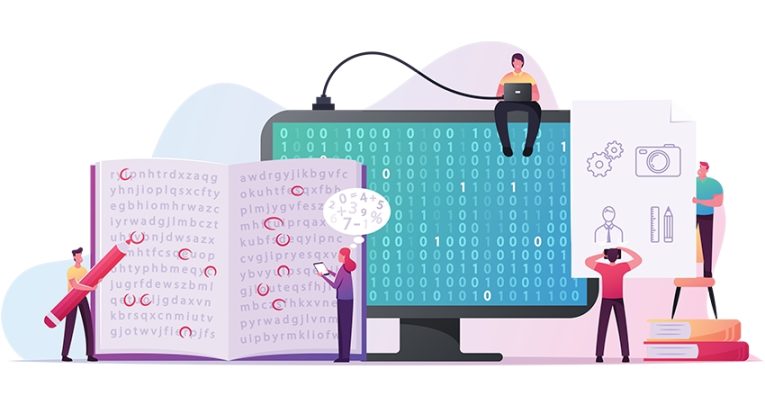
Gone are the days when coding was confined to computer science classes; now it’s about weaving programming skills across the curriculum…

- by Teachwire
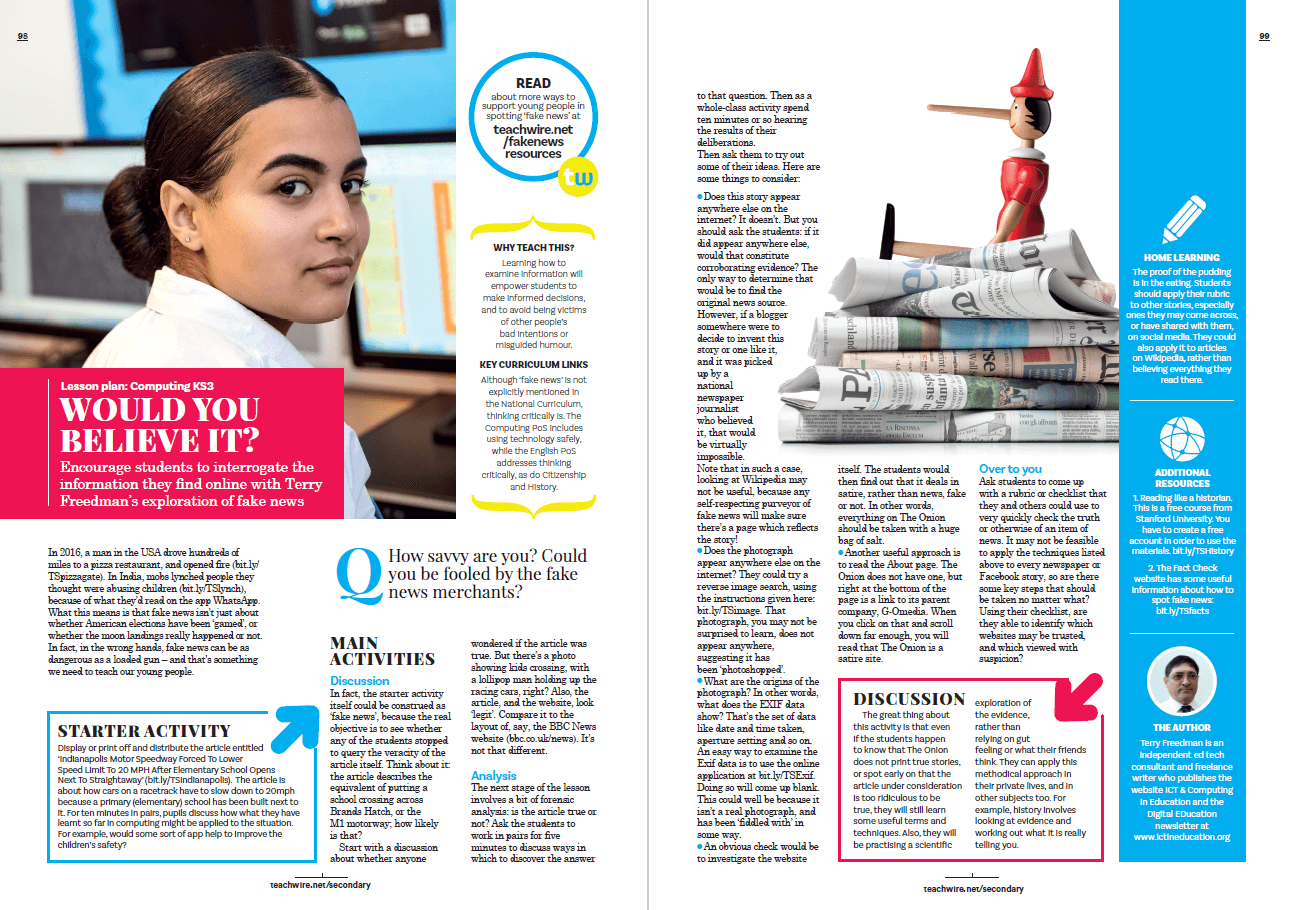
The journey of incorporating coding into your classroom doesn’t have to be daunting. Here’s how to make it an exciting adventure that draws on subjects from across the curriculum…
8 ways to bring coding into your classroom

How can you keep digital natives engaged enough to teach them the essentials of coding? Martin Burrett investigates…
Before you begin any coding activity, make sure you are thoroughly familiar with the software you’ll be using, its capabilities and limitations. If you’re using Scratch, there are a whole range of tutorials and how-to guides available.
1. Understand the assignment
The best way to bring coding into the classroom is to follow the interests of your learners. Let them code resources about their favourite topics – whether that’s sports teams, ponies or pugs. Or have them attempt to emulate in code a computer game they like.
If they are coding, they are learning.
2. Game across the curriculum
The possibilities of topic-themed games are almost endless. From a virtual sports day to take account of poor July weather, to chariot racing games when studying the Romans, or self-marking spelling tests where answers are given by shooting the correct letters – coding can augment every area of the curriculum.
3. Show it off
Ensuring that your learners have understood a topic is key to building learning beyond these foundations.
A summative presentation is a common activity, but add greater ownership and depth by asking your learners to create an interactive presentation on the topic from scratch, in Scratch.
Add clickable items to navigate the information. Pupils can even create self-graded quizzes to test their peers, or a themed game based on what they have learned.
4. Get animated
Creating animations is a great way for children to show what they know, taking creative writing to the next level, and honing acting skills.
The children can use the ‘motion’ blocks to move characters and props, add speech and thought bubbles using ‘looks’ blocks, and even add recorded voices and Foley artist sound effects using ‘sound’ blocks.
Let them go a step further and use ‘sensing’ blocks and the device’s camera to create a digital puppet show.
5. Embrace the arts
Create simple ‘paint by number’ activities by changing the colours of a picture using ‘looks’ blocks to add colour when a section is tapped, or ask your learners to design a digital ‘dot to dot’ activity, which adds lines when the next number is tapped.
Create digital on-screen musical instruments which produce sound when tapped. Ask your learners to record their own novel sounds for their instruments. Ear defenders may prove essential!
6. Next-generation teachers
Providing a real audience for your learners’ coding will motivate them to perfect their code and keep them engaged. Getting them to make classroom resources for learners lower down in the school is a great way to promote cross-year cooperation.
Younger learners can be interviewed about what features they would like in the coded resource and product-test the prototypes to give feedback to improve later iterations.
7. Go beyond school walls
Design real-world resources for an audience outside school. Share coded products online for parents to access.
Delegate re-coding an online homework page to your learners, so parents know what the weekly tasks are. The same can be done for a class diary of events, a class news page, or a class FAQs page.
8. Keep it real
Designing and coding useful products based in the real world builds enthusiasm for coding. As with all primary school tasks, if your learners (not to mention teachers!) see a clear goal for what they are doing, they are more likely to work hard to see it to fruition.
Try to design simple tools that can be used in the classroom. Making basic interactive behaviour charts is a good introduction to creating classroom resources. Create number variables that change when an image or text, such as a learner’s name, is clicked on, to increase the learner’s score.
Pupils could also create a volume monitor for quiet work times by using ‘sensing’ blocks of code to develop a visual response to the sound level in your classroom.
Rather than calling a lunch register, ask your learners to build a whiteboard resource that they can tap in the morning to indicate their lunch preference using a binary school dinner (1) versus packed lunch (0) variable, which automatically adds up the totals for you.
Martin Burrett is a primary teacher, EdTech specialist, editor at UKEdChat, and author. See ictmagic.co/books to view his books on computing and coding, and visit ictmagic.co/8-ways to find lots more classroom coding activities.
Taking lessons from other subjects when programming
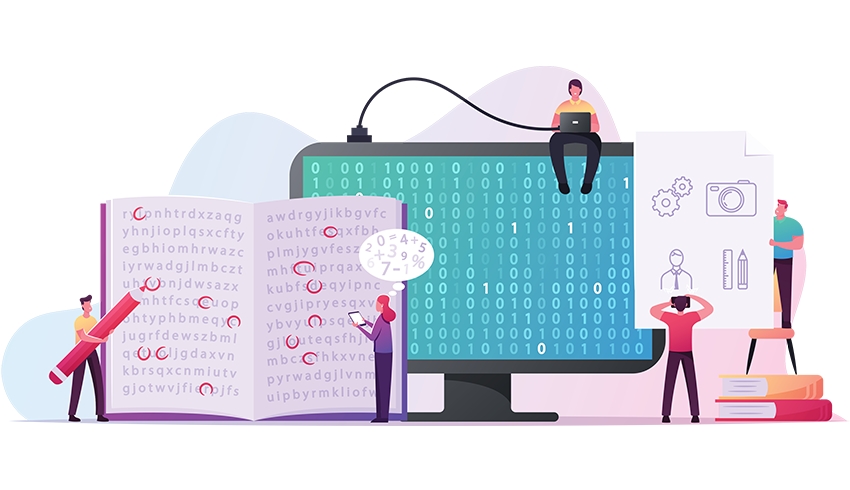
Listen up, arts and humanities teachers – if you think coding has nothing to do with your practice, think again, says Rob Wraith…
Coding is everywhere. It governs how our mobile devices, smartwatches and cars operate. It’s what drives our websites, analyses our shopping habits and brings our smart TVs to life. So prevalent has it become that we don’t even realise when we’re interacting with it.
Code is, after all, the word we use to describe any set of instructions that contain rules for completing certain actions or outcomes. We typically write these instructions in a programming language such as Java, Python or C#. We deploy them in ways that enable our digital technologies to function.
Command creativity
Coding is also fun. Really, it is. The act of writing code can provide a genuine sense of achievement when you succeed in bringing together a set of commands in order to perform a task and remove the need for manual intervention in future.
What’s more, this creative aspect of coding can encourage students to develop essential skills and attributes that they can readily utilise and develop in the context of other subjects. This includes problem-solving, skills of analysis, patience and confidence.
Before looking at a few practical examples and how you can apply them, note that there are some all-purpose concepts arising from coding that are fast becoming essential areas of knowledge for navigating the wider world.
Whatever your particular specialism or field of interest, it behoves us all to develop at least some understanding of data privacy, cybersecurity, digital rights and the wider societal implications of technological advances.
The more well-versed we can be in these areas, the more likely it is we’ll see the development of robust regulations to ensure that the products of coding are informed by ethical considerations.
So with that said, how can we usefully apply the knowledge and practice we learn from other subjects in the context of coding lessons?
Rules and circumstances
The writing of code to simulate a process will inevitably help you better understand the field that process is part of. Take the water cycle, for example – a core component of secondary phase geography. There are four main parts in the water cycle – evaporation, convection, precipitation and collection. Each of these is a specific action or outcome. But before we complete them, a certain set of rules and circumstances have to met first.
The same principles apply to coding. Utilising knowledge and practices gained in other subjects, and integrating these into coding lessons, can significantly enhance the overall learning experience. It can provide additional support to students, and build valuable teaching and learning links across different curriculum subjects.
Here, I will break down some working examples of this that you may be able use in your own delivery.
Different disciplines
Mathematics
Use mathematical concepts like algebra, geometry, or statistics to illustrate coding principles. Explain how variables in coding are similar to algebraic variables (the value of x or y). Geometrical concepts relate to the design and positioning of characters in games, as well as the calculation of trajectories to ensure that they’re realistic.
Art and design
Focus on using colour theory, balance and aesthetics. You could link this to front-end web and app development and user interface/experience principles. Refer to the hex numbers we use to identify shades. We utilise these in code to select and render colours.
Science
When teaching simulations or data analysis we can refer to scientific theories and phenomena. These can help to show how we can use coding in modelling and analysing large data sets to predict real-world scenarios, outcomes and events. A grasp of the scientific language commonly employed in modelling will support students in better understanding the outcomes presented.
MFL
Comparing coding languages to spoken languages can be a big help when explaining the syntax used within coding. Coding languages differ in the same way spoken languages do. Both can refer to the same objects and functions using different terms and ‘vocabulary’.
This analogy can extend to grammatical differences between languages too. Programming syntax will similarly vary between one coding language and another.
Physical education
Common coding concepts, such as algorithms, are now used more than ever in sports training. This is to better understand the impact of injuries or illness on performance, and to hone in on specific areas for potential development.
Creative arts
Compare holding down the strings on a guitar to play chords to coding logic through examples such as ‘if’ statements. If you hold a particular number of strings down and played them multiple notes will sound. We can also teach coding through music composition or the act of creating digital art.
There are coding platforms available that will enable students to bring musical instruments together, control them and create music using programming commands.
Business and economics
We can explain how coding across a number of different applications can be utilised for business analytics. The code used to analyse data from market research can support the development of new applications designed to solve identified business problems. The code used to create websites can be made to gather information about a business’ target audience and geographical location.
Environmental studies
Coding expertise within the context of sustainability projects is set to become a highly prized and sought-after skill. We can demonstrate just how important it is via lesson activities involving sensors of the type that authorities might use to monitor heat, wind or water levels. How can we make these trigger environmental defences?
You could also reference key figures in the field of environmental science. Explore their use of coding and applications to simulate climate patterns, predict weather changes and analyse the impact of human activities on the Earth’s ecosystems.
An interconnected discipline
By highlighting interdisciplinary connections in this way, we can make coding lessons more engaging and relevant to other areas of our students’ lives.
This will surely help them better appreciate just how important and powerful coding can be, and gain a greater understanding of how interconnected the discipline is with many other subjects and fields of study.
We want our students to develop a deeper understanding of coding itself, but at the same time we should encourage them to think critically and creatively.
Reinforcing the many different ways in which coding cuts across subjects could well encourage a new generation of multidisciplinary programmers who possess an in-depth knowledge of, say, art history or geography, as well as the ability to combine that knowledge with skills in coding in all manner of imaginative and unpredictable ways.
We should try to regularly include these interdisciplinary connections in our lessons where we can – or at least often enough for them to become an established part of our standard pedagogy.
This will encourage our students to take greater ownership of their learning, and start feeling comfortable with the idea of applying various coding practices to seemingly unrelated everyday scenarios.
Cross-compatible
Five ways to include other subject knowledge and practice into coding lessons:
Mathematics
Include mathematical concepts such as sequences, patterns and operations within your delivery via various coding exercises
Science
Demonstrate how coding is used in scientific research, data analysis and simulations to model scientific phenomena and analyse experimental data
Languages
Discuss the translation of human intentions into machine-readable code, similar to how translating between different languages bridges the gap between language and coding
Environmental studies
Demonstrate how sensors are designed to trigger the running of code to perform specific actions when pre-set thresholds are met
UI/UX design
Deliver coding in the context of user interfaces and user experiences, demonstrating how code can be used to highlight suggested items based on a user’s previous activities
Rob Wraith is head of learning technology and digital learning at NCG – a group of seven colleges across the UK; for more information, visit ncgrp.co.uk.






